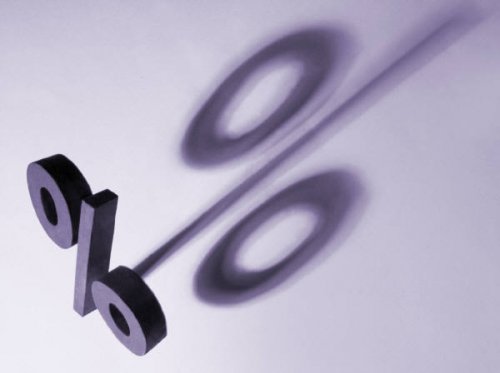
Quinnipiac University historically has been one of the more reliable pollsters. It’s proved generally accurate, since it uses samples that match realistic assumptions about the electorate. But a funny thing happened when Quinnipiac teamed up with the New York Times on a poll last week. Suddenly, it used a wildly partisan screen of Florida voters, producing a poll showing Obama holding a 6-point lead and crossing the important 50% threshold. That invites the question: why did Quinnipiac change the partisan composition of their poll?
At the end of June, Quinnipiac produced its own private poll of Florida. The poll sample was D+3, which matched the vote in 2008. That poll showed Obama leading Romney by 4 points, 46-42. In 2004, the partisan split in Florida was R+4. It would be reasonable to assume that the vote this year will be somewhere between those results. The sample for last week’s New York Times poll, though, was D+9, a Democrat advantage that defies recent history. Has Quinnipiac seen a massive shift to Democrats in Florida over the past two months? Why would its partisan screen shift so much?
Whoever pays the piper calls the tune. That old saw often works in polling too. The New York Times commissioned Quinnipiac to conduct its recent swing state poll. Did the paper dictate the weighting of the poll? Did they ask Quinnipiac to over-sample Democrats, or did it “just happen”?
Its possible that Quinnipiac anticipates a strong shift to Democrats among voters in Florida. The voting registration numbers don’t bear that out, but perhaps the polling outfit sees something different in its surveys. Or, perhaps, there is something flawed in its most recent weighting methods.
Either way, we deserve some answers from Quinnipiac.

COMMENTS
Please let us know if you're having issues with commenting.